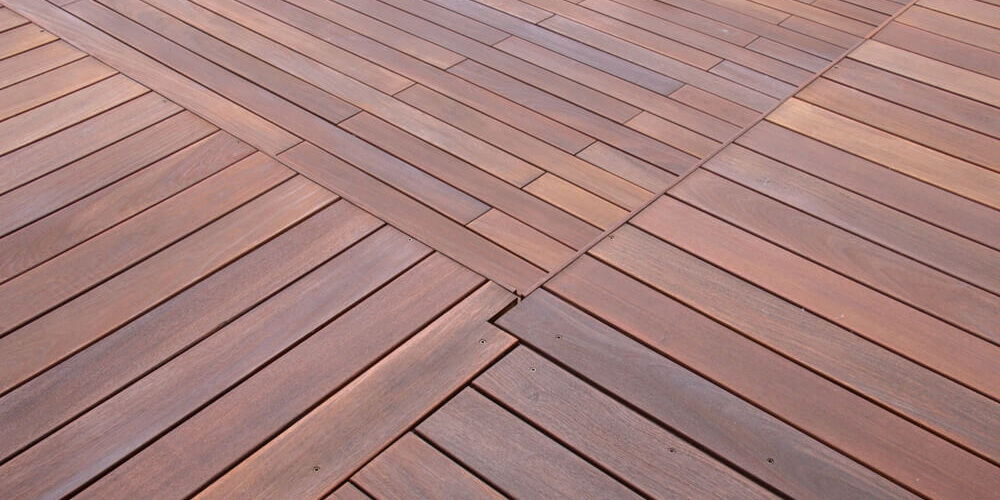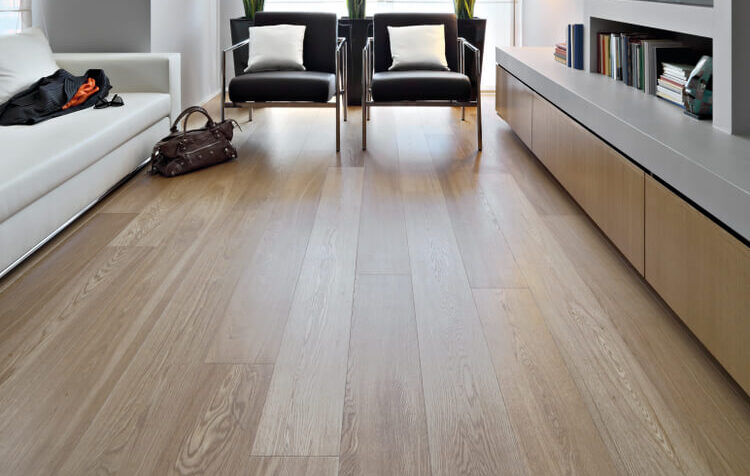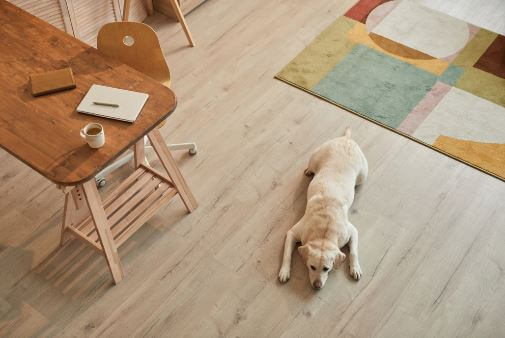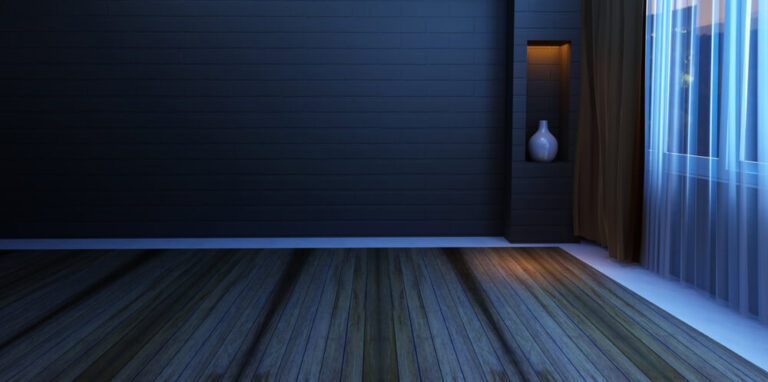Can Hardwood Floors be Laid Differently in Different Rooms?

Are you planning to renovate your house and wondering if you can install different hardwood floors in different rooms? Many homeowners face this dilemma when planning to upgrade their flooring. As flooring experts, We have helped many homeowners make the right choice about their floors.
Yes, hardwood floors can be laid differently in different rooms. However, there are some factors you need to consider before making this decision.
Based on our experience and extensive research, consulting multiple flooring experts, and asking homeowners for their honest reviews, we are here with this helpful article. So, if you don’t want to miss any helpful information, keep reading this thoroughly research-based blog post.
Why Is There A Need For Installing Different Hardwood Floors In Different Rooms?
Homeowners choose to mix different hardwood floors in different rooms for several reasons. Different rooms have different requirements. Therefore, you must choose the right hardwood floor type that suits that particular room’s needs. For example, hardwood floors in the living room may need to be more durable than those in the bedroom. You may also want a unique design that reflects your taste in different rooms. It all depends on your personal preferences and budget.
Factors To Consider While Laying Different Hardwood Floors In Different Rooms

Before installing different hardwood floors in different rooms, you need to consider the following factors:
Before installing different hardwood floors in different rooms, you need to consider the following factors:
1. Room usage
The function of the room is also an important consideration. For example, a high-traffic area like a hallway or living room requires a more durable hardwood floor than a low-traffic area like a bedroom.
2. Room Size & Shape
Room size and shape significantly impact the type of hardwood floor that should be used. For example, if the room is small, a lighter-coloured hardwood floor is more appropriate to make the room feel larger. If the room is an odd shape, installing certain hardwood floors, such as those with intricate patterns, becomes more challenging.
3. Wood type
Different hardwood species have different hardness and durability levels. The wood type also plays an important role in hardwood floor installation at different places. For example, oak is harder and more durable than maple. This is why it can be installed in high-traffic areas.
4. Moisture levels
Rooms with high moisture levels, like the bathroom and kitchen, require engineered hardwood floors, which can handle moisture better than solid hardwood. Additionally, wooden floors at these places should be easy to clean.
5. Aesthetic appeal
The aesthetics of the home is another critical factor to consider. If the home has a specific design style, such as modern or traditional, the hardwood floors should complement that style. It’s also essential to consider the color and texture of each room’s walls, furniture, and décor when selecting the type of hardwood floor to use.
Pros and Cons of Laying Different Floors in Different Rooms

There are both advantages and disadvantages to installing different types of hardwood floors in different rooms. Let’s take a look at some of them.
Advantages
1. Visual appeal
Mixing different types of hardwood floors can add visual interest and create a unique design aesthetic in each room.
2. Practicality
Choosing a different type of hardwood floor for each room based on its function can be a practical choice. For example, using a durable hardwood floor in a high-traffic area can help prevent wear and tear.
3. Cost-effectiveness
Opting for less expensive flooring options in certain areas, such as laminate or luxury vinyl plank, can help save money on the overall cost of flooring the entire home.
Disadvantages
1. Difficulty in installation
Laying different types of hardwood floors in different rooms can be challenging for installation. Seamlessly transitioning between the different flooring types may require more time and effort.
2. Maintenance issues
Using different hardwood floors in different rooms can create maintenance issues. For example, if one type of hardwood floor needs to be refinished, it may not be easy to match the colour and texture of the other hardwood floors in the home.
Tips for Successfully Mixing Hardwood Floors In Different Places
If you decide to mix different types wooden floors in your home, here are some tips to help ensure a successful outcome:
1. Choose complementary colors and textures
Select hardwood floors that complement each other in color and texture. This will help create a cohesive design aesthetic throughout the home.
2. Plan the transition areas carefully
Plan the transition areas between different wood floors carefully to ensure a seamless transition. This can be done using transition strips or by creating a gradual shift in color and texture.
3. Pay attention to room lighting
The type of hardwood floor used in a room can impact the lighting. For example, a dark hardwood floor can absorb more light and make a room feel darker. Consider the amount of natural light each room receives when selecting the type of hardwood floor to use.
4. Consider using area rugs
Area rugs can be used to create a visual separation between different floors. They also help protect hardwood floors from wear and tear.
Frequently Asked Questions

Can You Install Different Hardwood Floors In Adjoining Rooms?
Yes, you can install different hardwood floors in adjoining rooms. However, it is important to consider factors such as room size, function, and aesthetics when selecting the type of hardwood floor to use in each room. Choose complementary colors and textures. Carefully planning the transition areas between different types of floors can help create a cohesive and visually appealing design throughout your home.
Do Different Hardwood Floors Require Different Maintenance?
Yes, different hardwood floors require different maintenance. For instance, solid hardwood floors require refinishing more often than engineered hardwood floors. It is essential to follow the manufacturer’s recommended maintenance guidelines. Use products specifically designed for the type of hardwood floor in your home. Proper maintenance can help extend the lifespan of your hardwood floors and keep them looking their best for years to come.
Is It More Expensive To Install Different Hardwood Floors In Different Rooms?
Installing different hardwood floors in different rooms may be more expensive than installing the same hardwood floor throughout the home. Seamlessly transitioning between the different flooring types may require more time and effort. Additionally, using different types of hardwood floors can create maintenance issues, which can increase long-term costs.
Conclusion
Yes, installing different hardwood floors in different rooms is possible, but you need to consider several factors before making the decision. These factors include room usage, light source, wood type, moisture levels, and aesthetic appeal. Additionally, following a step-by-step guide when installing different hardwood floors in different rooms is important to ensure a seamless and professional installation. By considering these factors and following the guide, you can upgrade your flooring and achieve a unique and personalized look. If you still have any questions, comment below to ask our experts.








4 Comments